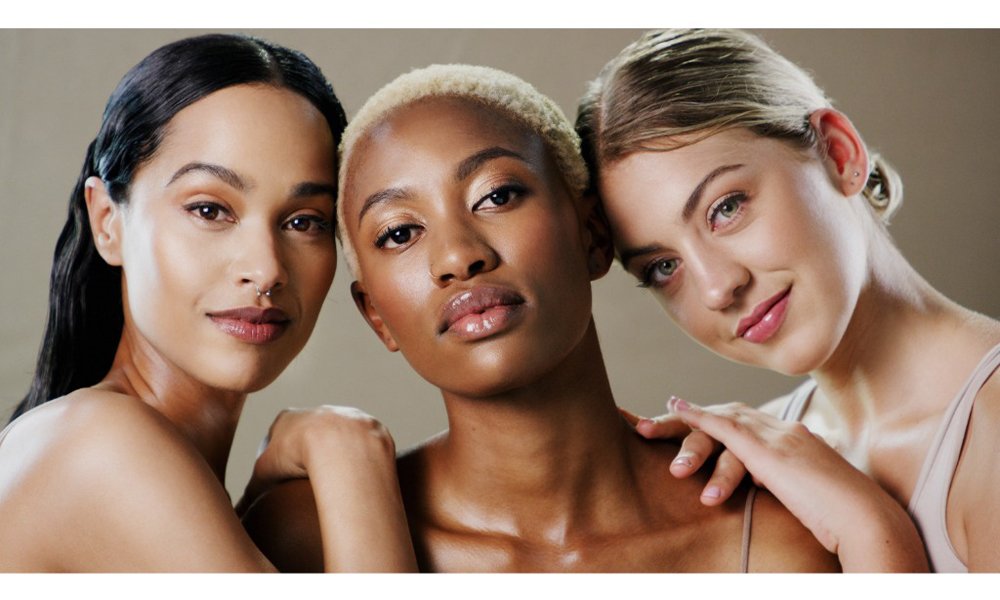In recent years, there has been a significant shift in the beauty industry toward a movement called “clean beauty.” This trend focuses on using products that are not only effective, but also safe for our health and the environment. As consumers become more conscious about what goes into their skincare and makeup products, clean beauty has emerged as a powerful force. In this blog, we explore what clean beauty is, why it’s important, and how to navigate this evolving landscape.
What is clean beauty?
Clean beauty refers to products made without harmful ingredients that may negatively impact our health or the planet. While there is no strict definition, clean beauty generally emphasizes transparency, sustainability, and ethical sourcing. It often avoids harmful chemicals, synthetic fragrances, and other controversial ingredients, opting instead for natural or plant-based alternatives.
Some common ingredients that clean beauty brands typically avoid include:
Parabens: Preservatives used in many cosmetics that can disrupt hormone balance.
Sulfates: Harsh detergents that can irritate skin and strip away natural oils.
Phthalates: Chemicals commonly used in fragrances that can have harmful effects on reproductive health.
Synthetic fragrances: Often made from undisclosed chemicals that can cause allergic reactions.
By prioritizing clean, safe formulas, brands aim to create products that not only work well but also promote consumer and environmental well-being.

The Growing Demand for Clean Beauty
The rise of clean beauty is being driven by several factors. Consumers are becoming more informed and thoughtful about the products they use on their skin. Social media, blogs, and documentaries have all contributed to a better understanding of the ingredients in conventional beauty products.
1. Health Awareness
Many people now place importance on their health and well-being. This trend extends to skincare and beauty products as consumers seek to minimize their exposure to harmful chemicals. Clean beauty products appeal to those looking for safer alternatives, especially those with sensitive skin or allergies.
2. Environmental Awareness
As climate change and environmental issues receive more attention, consumers are becoming more conscious in their purchasing decisions. Clean beauty brands often emphasize sustainable practices such as eco-friendly packaging and responsibly sourced ingredients. This focus on sustainability resonates with environmentally conscious consumers who want to make a positive impact.
3. Transparency and Trust
Today’s consumers value transparency in the brands they choose. Clean beauty brands often provide clear ingredient lists and information about their sourcing practices. This openness builds trust with consumers who value knowing what they are putting on their skin and how it impacts their health and the environment.
Key Principles of Clean Beauty
To understand clean beauty, it’s important to consider its core principles. These guidelines help consumers make informed decisions about the products they use.
1. Ingredient Transparency
Clean beauty brands are committed to transparency about their ingredients. They often provide detailed information about what goes into their products, making it easier for consumers to make informed decisions.
2. Ethical Sourcing
Many clean beauty brands emphasize ethically sourced ingredients. This means they ensure their ingredients are sourced in a way that is fair to workers and sustainable for the environment.

3. Sustainable Practices
Clean beauty brands are increasingly adopting sustainable practices, such as using eco-friendly packaging and minimizing waste. This commitment to sustainability goes beyond the product itself and encompasses the entire supply chain.
4. Non-toxic formulations
Clean beauty products are meant to be free of harmful chemicals. Instead of synthetic additives, these products often use natural or organic ingredients that are less irritating to the skin.
How to Choose Clean Beauty Products
With the growing popularity of clean beauty, it can be difficult to navigate the options available. Here are some tips to help you choose the right clean beauty products:
1. Read labels carefully
When purchasing clean beauty products, take the time to read the labels. Look for certifications like “certified organic” or “non-toxic.” Familiarize yourself with common harmful ingredients to avoid and look for products that have their full ingredient list disclosed.
2. Research brands
Not all brands that call themselves “clean” adhere to the same standards. Research the brands you’re considering to make sure they align with your values. Look for information about their sourcing practices, ingredient transparency, and commitment to sustainability.
3. Get recommendations
Social media, beauty blogs, and online reviews can offer valuable insight into clean beauty products. Follow influencers or beauty experts who share your values and can recommend trusted brands.
4. Start small
If you’re new to clean beauty, start by replacing a few products in your routine. Focus on essentials like skincare or makeup. As you become more comfortable with clean beauty, you can expand your collection.
The Future of Clean Beauty
The clean beauty movement shows no signs of slowing down. As consumers continue to demand safer and more sustainable products, brands will likely respond by expanding their clean beauty lines. We can expect to see innovations in formulations, packaging, and ethical practices as the industry evolves.
Additionally, major beauty retailers are beginning to create dedicated sections for clean beauty products to make them more accessible to consumers. This development shows that clean beauty is becoming mainstream and consumers can expect a wide range of options in stores.
Conclusion
The rise of clean beauty is transforming the beauty industry, providing consumers with safer and more sustainable options. As we become more conscious of the ingredients in our skincare and makeup products, clean beauty offers a path to healthier choices. By prioritizing ingredient transparency, ethical sourcing, and non-toxic formulations, clean beauty brands are setting new standards for the industry.
Whether you’ve been a long-time fan of clean beauty or are just starting to explore your options, it’s important to understand this movement. By making informed choices and supporting brands that align with your values, you can contribute to a healthier, more sustainable future of beauty. So let’s embrace the rise of clean beauty and enjoy products that feel good to us inside and out!




No Comment! Be the first one.